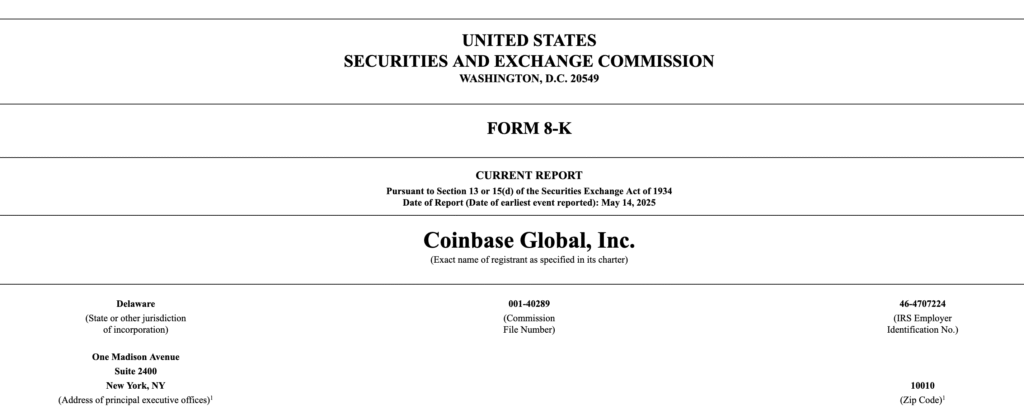Coinbase, one of the world’s largest cryptocurrency exchanges with over 100 million customers, has disclosed a significant data breach orchestrated through insider collusion. The attack, which came to light following a ransom demand on May 11, 2025, has exposed sensitive customer information and could result in remediation costs of up to $400 million.
Attack vector: insider bribery and Social Engineering
The breach was executed by cybercriminals who bribed overseas customer support agents to access internal Coinbase systems. These rogue insiders, primarily contractors outside the United States, abused their legitimate access to exfiltrate customer data. Upon detection of unauthorized activity, Coinbase terminated the involved personnel and launched an internal investigation.
The attackers subsequently contacted Coinbase, demanding a $20 million ransom in exchange for not publishing the stolen data. Coinbase has publicly refused to pay the ransom and instead established a $20 million bounty for information leading to the identification and prosecution of those responsible.
Scope and nature of the Data Exposed
The breach affected less than 1% of Coinbase’s monthly transacting users-potentially up to 1 million individuals. The compromised data includes:
- Names, addresses, phone numbers, and email addresses
- Masked Social Security numbers (last four digits only)
- Masked bank account numbers and some banking identifiers
- Government-issued ID images (e.g., driver’s licenses, passports)
- Account data, including balance snapshots and transaction history
- Limited internal corporate documents and training materials
Crucially, no passwords, private keys, or access to customer funds were compromised. Coinbase Prime accounts and both hot and cold wallets remain unaffected.
Response, remediation and security enhancements
Coinbase’s immediate response included:
- Terminating all implicated insiders
- Notifying affected customers and flagging their accounts for additional monitoring
- Implementing stricter identity verification for large withdrawals
- Mandating scam-awareness prompts for flagged users
- Relocating some support functions to a new U.S.-based hub
- Enhancing fraud monitoring and insider threat detection capabilities
The company has also committed to reimbursing retail customers who were deceived into sending funds to attackers as a direct result of social engineering attempts stemming from this breach.
Financial and reputational impact
Coinbase estimates the total cost of remediation-including customer reimbursements and security upgrades-will range from $180 million to $400 million. The breach has also led to a temporary dip in Coinbase’s stock price, though the company’s overall financial health remains strong.
Broader implications for the Crypto industry
This incident underscores the persistent risk posed by insider threats, especially in organizations with globally distributed support operations. The attack leveraged social engineering and financial incentives to bypass technical controls, highlighting the need for robust insider threat programs, continuous monitoring, and regular security training for all personnel with access to sensitive systems.
Coinbase’s refusal to pay the ransom and its decision to offer a substantial bounty for information on the attackers set a notable precedent in the industry’s response to extortion attempts.
Expert takeaway
For cybersecurity professionals, this breach serves as a case study in the convergence of insider risk, supply chain vulnerabilities, and the growing sophistication of financially motivated threat actors. The incident reinforces the importance of layered defenses, rapid detection and response mechanisms, and a proactive approach to both technical and human-centric security risks.
